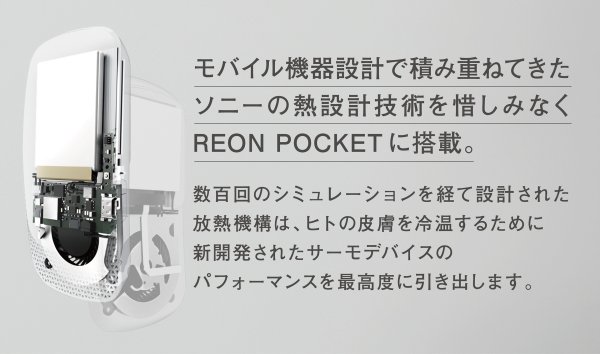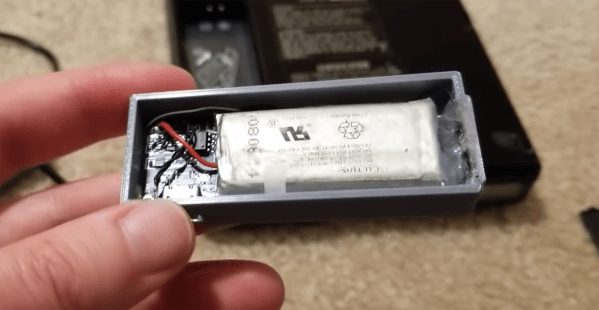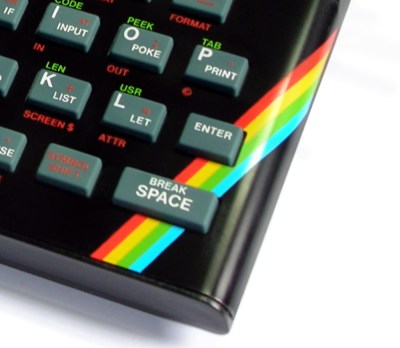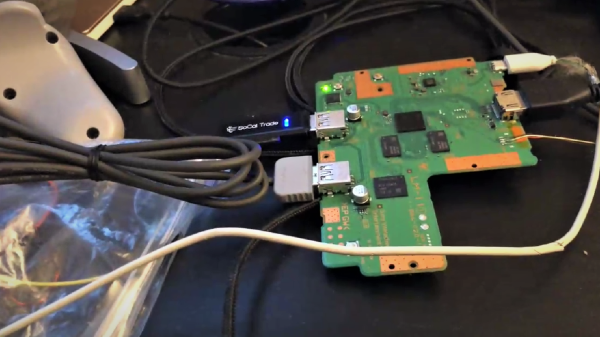The quality of a photograph is a subjective measure depending upon a multitude of factors of which the calibre of the camera is only one. Yet a high quality camera remains an object of desire for many photographers as it says something about you and not just about the photos you take. [Neutral Gray] didn’t have a Leica handheld camera, but did have a Sony. What’s a hacker to do, save up to buy the more expensive brand? Instead he chose to remodel the Sony into a very passable imitation.
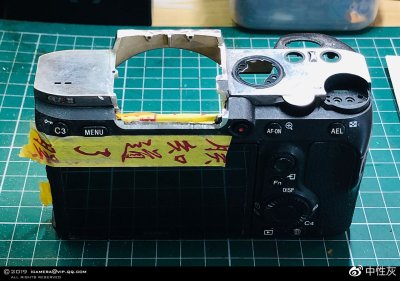 The Sony A7R is hardly a cheap camera in the first place, well into the four-figure range, so it’s a brave person who embarks on its conversion to match the Leica’s flat-top aesthetic. The Sony was first completely dismantled and it was found that the electronic viewfinder could be removed without compromising the camera. In a bold move, its alloy housing was ground away, and replaced with a polished plate bearing a fake Leica branding.
The Sony A7R is hardly a cheap camera in the first place, well into the four-figure range, so it’s a brave person who embarks on its conversion to match the Leica’s flat-top aesthetic. The Sony was first completely dismantled and it was found that the electronic viewfinder could be removed without compromising the camera. In a bold move, its alloy housing was ground away, and replaced with a polished plate bearing a fake Leica branding.
Extensive remodelling of the hand grip with a custom carbon fibre part followed, with significantly intricate work to achieve an exceptionally high quality result. Careful choice of paint finish results in a camera that a non-expert would have difficulty knowing was anything but a genuine Leica, given that it is fitted with a retro-styled lens system.
We’re not so sure we’d like to brace Leica’s lawyers on this side of the world, but we can’t help admiring this camera. If you’re after a digital Leica though, you can of course have a go at the real thing.
Thanks [fvollmer] for the tip.


